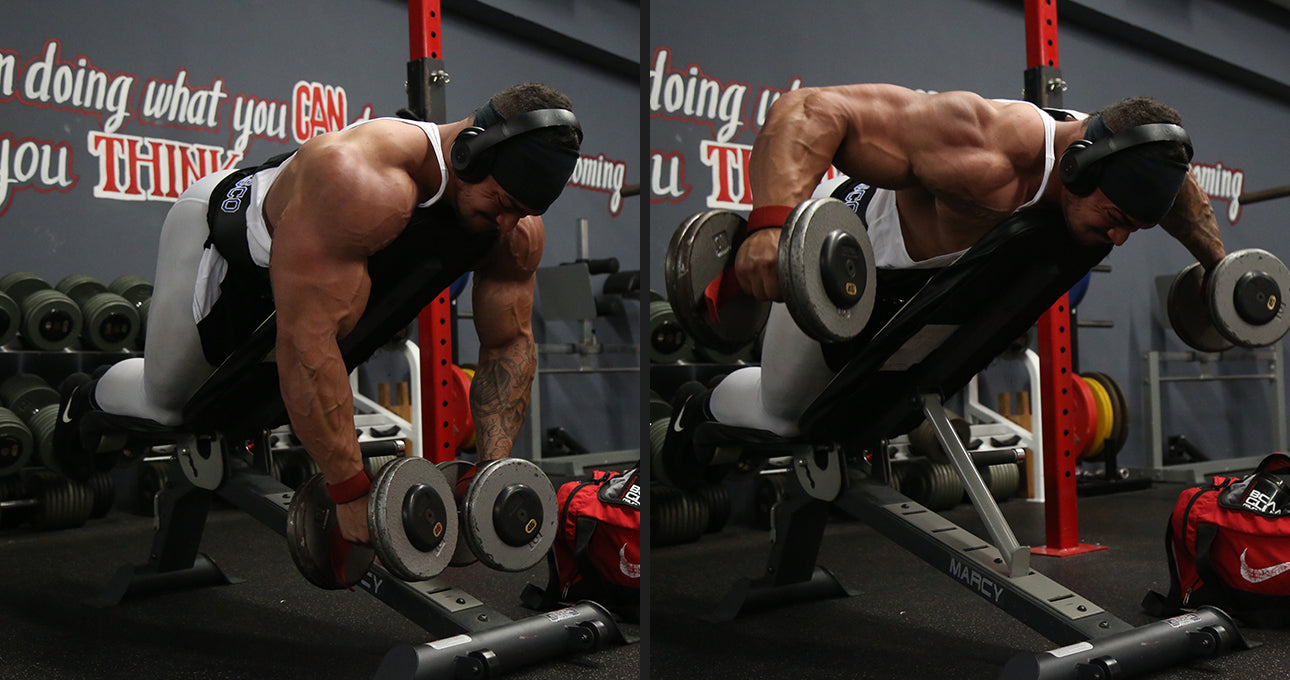No Products in the Cart


Progress. Many people are scared of change, but without it we would not have progress. Without progress, of course, we would not have modern marvels such as nacho cheese, blooming onions, the gyroscopic stability system, the hydrogen car, and IIFYM. Change is not always good, but without it we would be stuck in the dark ages eating chocolate without peanut butter in the middle.
The normal thought process is to go about training with an anatomical plane paradigm, or categorizing them based on their physical position from the eyes view; this is the way we have always done it. Doing something one way and it getting the job done does not mean there are not better, more efficient, and frankly correct, ways to do it.
Before I begin dropping words that may scare you off, let’s look at an example of why we should change how you split your training. Take for instance the latissimus dorsi, also known as the lats; much of the training population trains lats on back day. Most of the weight lifting population classifies the lats as a back muscle, which we need to begin changing our mindset on when it comes to training this muscle.
Taking your lat training out of back day is not only going to improve your training, but also improve your posture and physique, and help you develop a solid foundation in kinesiology. Before I go ahead and categorize the latissimus into another category, let’s go over its function. It is such a diverse and complex muscle, which performs so many functions for the body. In order to understand what a muscle does you, need to know its origin and insertion points. Brent Brookbush DPT, PT, MS, PES, CES, CSCS, ACSM-H/FS once said, “Muscles only work on joints they cross.”1
The Lat Low Down
The latissimus dorsi has origins at the spines of T7-L5, lumbar vertebrae, crest of the sacrum and illium, and the lower 4 ribs. The insertion is on the tuberosity of the humerus. This means the lat works arm abduction in the shoulder joint through the lateral fibers (those on the side). Anterior fibers flex and medially rotate the arm at the shoulder joint, and the posterior fibers extend and laterally rotate the arm at the shoulder joint.2
Not a single one of these lats movements is related to flexion, rotation, or extension of the back. Every single movement the latissimus is responsible for directly involves the arm at the shoulder joint. Thus, I invite you to move the lat pulldowns and lateral arm adductions to shoulder day! Now, you could be asking, why is this such a big deal? Going back to, “this is how I have always done it,” it could in all honesty be hampering your progress in muscle growth and strength gain, and could be creating imbalances of your physique.
Working it Into Your Program
In your programming, there needs to be a method to the madness. Even if you are a pure body builder, your training program has the base principles of volume with an agonist/antagonist volume balance with changes to correct any muscle size deficiencies. If you are training shoulders, what ends up happening when you decide to train your lats on back day is engage every other shoulder muscle on shoulder day. If you don’t have very meticulous programming, which will ensure the balance between the two days, you will likely develop some shoulder issues.
From a functional point of view, training only part of a movement creates poor kinematics of the body. In other words, movement patterns will begin to perform less than optimally and could develop improper firing in muscles. You can also think about adding the deadlift to your shoulder day. In a previous article, I made a brief case for the deadlift as one of the best shoulder prehab movements. Moving deadlifts to shoulder day could help the growth and health of your shoulders, as the lats are engaged at an impressive muscle activation level.
In Sum
Let’s shift our anatomy paradigm to a more functional focus. Begin to train muscles for what their actual purpose is for. Talent and hard work beats just hard work, but no one beats the informed talent who puts in the work! Train smarter and harder! Move lat work to shoulder day and don’t allow your journey to be deterred by old rhetoric.
Brookbush, B. (2012, June 08). The 3 Rules of Muscles. Retrieved June 06, 2016, from https://www.youtube.com/watch?v=FcqwCZ7iPGs
Tortora, G. J., & Derrickson, B. H. (2009). Principles of anatomy and physiology. Chichester: Wiley.
Someone purchsed a